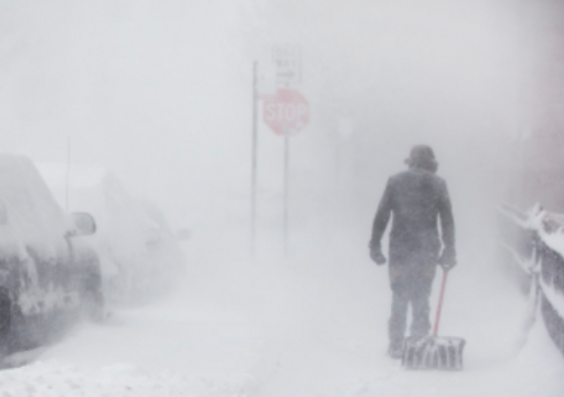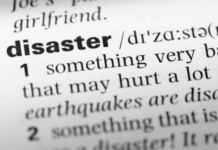On Saturday, storms continued to batter areas of California, pouring hail and rain in the flatlands while dumping snow at higher elevations. Almost 85,000 homes and businesses lacked power in the Los Angeles area.
According to the California Department of Transportation, several more southern points of the freeway in and around Los Angeles were closed due to flooding, while Interstate 5, the largest highway leading north out of the city, remained closed at the steep grade known as the Grapevine due to heavy snow.
The National Weather Service advised residents of Sacramento, the state capital, to avoid travel from Sunday until Wednesday as rain and snow continued after a respite on Saturday. In Northern California, San Francisco was anticipated to endure record-low temperatures on Saturday.
“Extreme impacts from heavy snow & winds will cause extremely dangerous to impossible driving conditions & likely widespread road closures & infrastructure impacts!” the organization tweeted.
The following storm system is anticipated to approach on Sunday and produce wind gusts of up to 50 mph (80 kph) in the Sacramento Valley and up to 70 mph in the close-by Sierra Nevada mountains. Because of the freezing winter weather, Yosemite National Park was closed until Wednesday.
Bryan Jackson, a forecaster at the NWS Weather Prediction Center in College Park, Maryland, claimed that a significant low-pressure system that was driven from the Arctic was to blame for the unexpected weather.
“This is a rare case of a cold, significant storm event,” Jackson said of the storm in Southern California.
On Friday, snowflakes even dropped around the Hollywood sign on Mount Lee in the hills above the city, which is famed for its bright days and palm trees. This sight must have delighted many Angelenos.
The National Weather Service said that Saturday would see sporadic showers and isolated thunderstorms that would bring rain, hail, and a mixture of snow and moisture known as “graupel” to the area.
A different storm that pounded the United States. The meteorological agency reported that on Friday after passing across New England, the Plains, Midwest, and Great Lakes regions from earlier this week pushed out to the Atlantic. According to the Detroit News, more than 400,000 DTE Energy customers were still without power on Saturday.
Even before the most recent storm, a large portion of California had been dealing with an unusually chilly winter that began with a string of deadly “atmospheric river” storm surges that unleashed widespread flash floods, felled trees, and caused mudslides in a state long afflicted by drought and wildfires.




